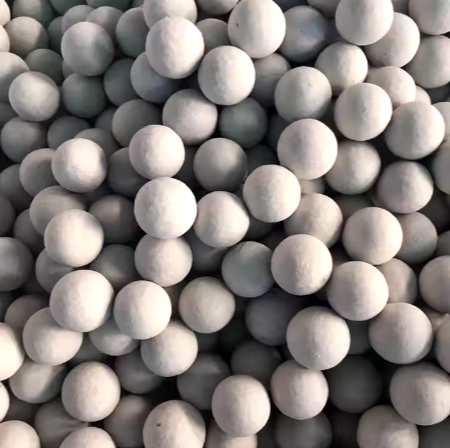Professional Premium Aluminum Oxide Products Supplier
Getting aluminum from alumina is a process that requires energy. The process starts with bauxite ore. The ore is then refined into aluminum. The resulting molten metal is then cast into ingots. This metal is then used in many products. Some of these products include cars, airplanes, signs, and soda cans.
Aluminum is a crystalline oxide that can be formed from the melting of alumina. It is a common alloying element that is primarily comprised of the following elements: Mg, Si, Zn, and Cu. It is also alloyed with other materials to increase hardness and tensile strength.
The production of aluminum can be achieved using two processes: the Hall-Heroult and Bayer processes. They both require high energy inputs and are therefore capital intensive. However, with the increasing environmental regulations, there have been a number of changes in both processes.
The Hall-Heroult Process involves an insulated bath with anodes made from carbon and half alumina. When an electric current is passed through the bath, the aluminum and carbon anodes react. The molten aluminum is then separated from the alumina. A cryolite bath is then incorporated into the process. Alumina is dissolved in the cryolite bath.
Alumina is often processed in rotary kilns. During this process, impurities such as titanium and iron are not removed. This results in an excessive amount of sludge at the bottom of the molten metal. It is then collected.
This sludge has no use in the cell. It contributes to the increased electrical resistance of the cell.
Inquiry us

